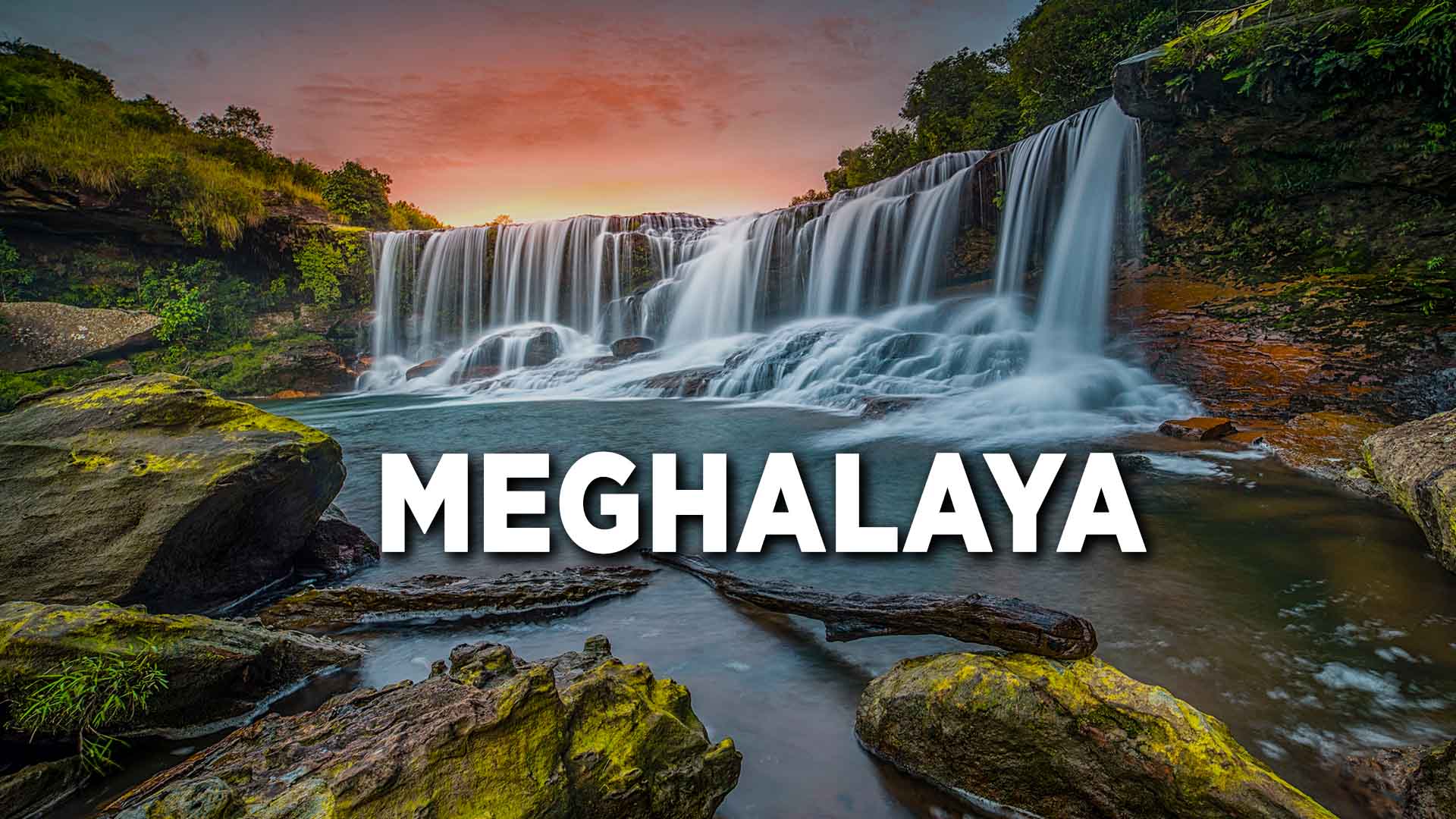Meghalaya has a huge potential for alternative tourism development because it is bestowed with varied natural attraction attributes. However, in tapping such potential resources for tourism venture, it is also necessary to establish measures in order to ensure long term benefits. Community participation and community control over management of tourism is a determinant of success of tourism and hence local communities should be encouraged to come forward and be active participants in alternative tourism development and special programmes for raising awareness on community participation in tourism should be organised. Where tourism venture is nature based, it is impossible to avoid seasonality effect, however, the same effect can be reduced by introduction of niche tourism products and theme tourism approaches to serve certain high end visitors during the low seasons.

Boosting Tourism Development in Meghalaya-Challenges and Prospects
Even though Meghalaya has the potential resources for sustainable tourism development, there are also hindrances that must be addressed and incorporated in development planning in order to achieve sustainability in the process.
- The adventure tourism resource of Meghalaya is purely nature based which implies that adventure tourism in the state takes place mainly at the cost of serene landscapes which are fragile in nature. Hence, it is important to know the context of fragility of attraction sites so that precautions can be undertaken may it be in the case of infrastructure development or in maintaining limits in entry of visitors and waste disposal so that the process of development itself should not go beyond the carrying capacity of the attraction sites and whatever resources belonging to the attraction sites should not be disturbed, tarnished or degraded in any way.
- Meghalaya has a rich cultural resource base for cultural tourism development because of its distinct cultural identity, customs and traditional lifestyles, the existence of stone impressions, waterfalls associated with folklores, monoliths and monuments, unique arts and crafts, etc, however, the indigenous folks are not even aware of the economic value of all these cultural attributes that they have and even if they are aware, they do not have the courage to come out of their conservative nature and they do not have the knowledge to present them to the world. Eco-tourists are eager to learn much about the culture and way of life of local folks by involving themselves in homestay in local households, in cooking and eating, in games and religious rituals, however, they do not find a way to do so. Therefore, the need of the hour is to generate proper conscientization of local people about their own economic situation and their own position in the world and how to get rid of that situation by becoming active participants in the process of cultural tourism. Raising awareness on the economic value of cultural attributes and creating platforms for the local people to display their culture to the world is vital to the process of cultural tourism development in the state.
- The state has a huge potential for agri-tourism on account of the fact that agriculture remains central to the economy of the state and the agricultural products of the state are known for their good quality. Agri-tourism requires less investment compared to other forms of tourism, however, so far it was not projected as an approach in tourism development initiatives of the state. Hence, it requires that agri-tourism should be encouraged and be projected in a distinguishable manner.
- Lack of local control over management of most of the attraction sites is another challenge which demotivate community participation. Local control and local economic benefit should be the central focus while setting up plan for tourism ventures. Mawlynnong, one of the eco-tourist destinations in Meghalaya, sets a good example of the success of eco-tourism on account of citizen control and equal sharing of benefits among local households which then serve as motivational factors for more active community participation in tourism.
- The negative impact of seasonality is quite high in the state. To reduce this impact, it is advisable to introduce more niche tourism products during low seasons to serve the demand of different types of tourists. It is also important to note that the state government has introduced theme tourism programmes which were quite successful and hence more of such theme tourism approaches should be organized in the state.
Therefore, Meghalaya is known for:-
- The state is also known as the ‘Scotland of East.’
- Meghalaya means ‘ The Adobe of Clouds’ is a state located in the North-Eastern part of India. It is famous for Orchids.
- Three main tribes are Khasi, Garo, Jaintia.